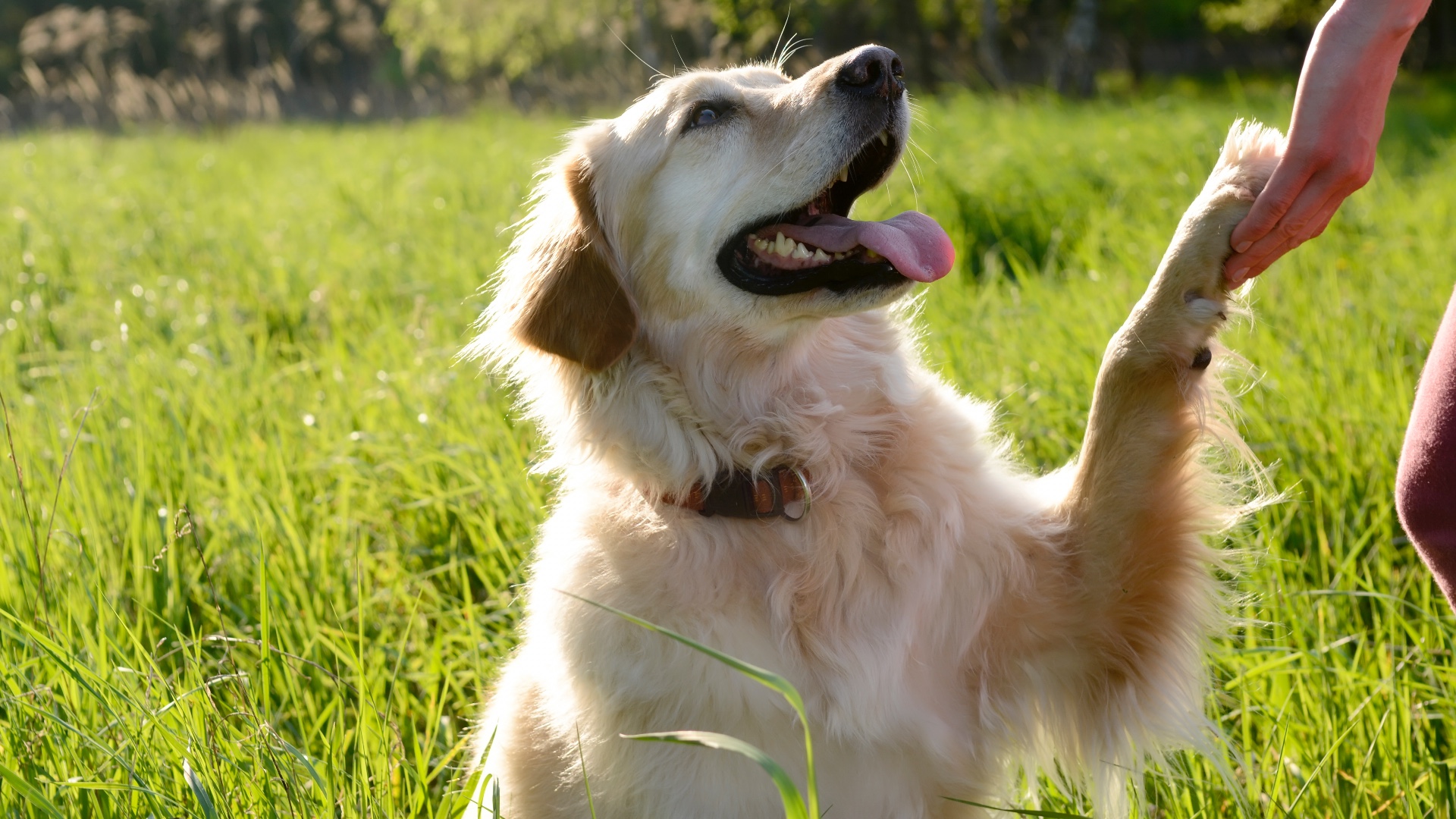
While there's no denying how much joy having a canine companion in your family can bring to your life, if you're anything like most dog owners, one thing you may find challenging is helping your pup learn the ropes of what's expected of them.
Whether it's figuring out how to stop a dog from jumping up or trying to overcome some of the most common loose leash walking mistakes so you can exercise your fur friend without any fuss, training is no walk in the park.
But according to expert dog trainer Julianna DeWillems, sometimes we pet parents resort to using a louder, bigger and a more intense voice when issuing commands to try to get our dog's to obey us. This is not only often ineffective but can also damage the bond we have them.
In a video posted to Instagram, DeWillems shares the best way to issue a command to increase obedience and strengthen the bond you share with your dog. You can watch the full video below or read on for a summary of her advice.
"Cues don't need to be loud, stern or over-exaggerated to get quick and snappy responses," explains DeWillems. "What matters for effectiveness is how you teach the cue and how well your dog understands the criteria under those conditions."
While many dogs will respond to cues issued in a big or intense voice, DeWillems says that in her experience, obedience offered in this way often has some serious drawbacks.
"A dog who only responds when you raise your voice or get stern might not have a good understanding of what you’re asking, or they’re only responding out of fear of the consequences — a contingency we aim to avoid in training," she says.
DeWillems reassures dog owners that if they've been using a loud or snappy voice to teach commands, it's not too late to change course.
"You can troubleshoot this by going back and reteaching the cue in an easy and low distraction environment, making sure your dog understands what behavior results in the positive reinforcement."
And, as with everything in life, DeWillems says that when you find yourself resorting to a sterner style of communication, it's worth exploring where that might be coming from.
"If you find yourself using a harsher tone or an exaggerated hand signal, pause and get curious about what might be going on. As with most parts of dog training, this moment benefits from self-reflection, observing your dog, and considering where the breakdown is happening. We use this data as information about where we need to improve our training to help our dog."
Training any new skill takes time, patience and consistency — and it also requires you to have lots of compassion, both for your dog and also for yourself.
Being a pet parent isn't easy and we all have off days. If you find you've resorted to making your voice louder and bigger in order to be heard, that's ok, simply being aware of that and returning to a gentler training technique is all it takes to get your relationship with your pup back on track.
For more great training tips and tricks, check out our guide to how to stop a dog pulling on a leash.







